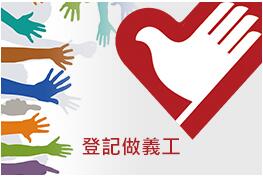About Rare DiseasesRare Disease Wiki

CTNNB1 Syndrome (Genetic Disorder)
Name of disease:
CTNNB1 SyndromeICD-10 diagnosis code:
Q87.88Causes:
CTNNB1 syndrome occurs when CTNNB1 gene has lost its normal function. CTNNB1 is important in the development and maturation of the brain and loss of its function causes learning and memory problems. This is why CTNNB1 syndrome is primarily associated with developmental delay/intellectual disability.
Pattern of inheritance:
Unknown
Prevalence:
Less than 1:1,000,000Diagnosis:
Genetic Testing: Whole Exome Sequencing (WES)
Age of onset:
InfancyCommon signs and symptoms:
Developmental delay or intellectual disability Speech impairment Low muscle tone in the trunk and altered tone in the legs making walking difficult Small head circumference (microcephaly) Vision problems Specific facial features, including a broad tip to the nose and thin upper lip
Available treatments (medicinal and non-medicinal):
Children with CTNNB1 syndrome should be followed up by a general pediatrician who can oversee care so that development, behaviour, and complications of spasticity can be monitored and the best help in the form of physiotherapy, orthopaedic shoes, bracing, occupational, behaviour and speech therapies given. Eyesight should be checked at diagnosis and follow-up.
Disease management tips:
Most children show significant delay in reaching motor milestones due to low truncal muscle tone and the abnormal tone in the legs and sometimes the arms. The majority need a walker frame. Some need a wheelchair. Some children eventually acquire the ability to speak in simple sentences. More than half, however, have a severe speech impairment and use no or only single meaningful words. Children have learning difficulties/intellectual disability. They usually need the support of special education. Most of them are not expected to be able to live fully independently as adults. In a few cases some kind of loss of acquired skills (regression) has been seen. Most children generally have a friendly disposition. About half have behaviour problems, which can include sleep problems, autistic behaviour, ADHD, and aggression to others or themselves.
References:
https://rarediseases.info.nih.gov/diseases/3505/severe-intellectual-disability-progressive-spastic-diplegia-syndrome https://www.orpha.net/consor/cgi-bin/OC_Exp.php?Lng=GB&Expert=404473 https://www.ctnnb1.org/https://www.rarechromo.org/
Other useful websites:
Patient Groups: CTNNB1 Syndrome Awareness Worldwide (CSAW)https://www.ctnnb1.org/ Unique – Rare Chromosome Disorder Support Grouphttps://www.rarechromo.org/



